Tr1sha/Shutterstock
Shiplap Wall Ideas to Redefine Your Space
Shiplap walls, inspired by their nautical origins, bring rustic charm and texture to any space. Whether used as an accent wall or to add a touch of vintage elegance, shiplap offers subtle yet striking design possibilities.
Perfect for a bathroom vanity, a cozy fireplace, or a living room centerpiece, shiplap walls seamlessly blend with various interior styles.
Explore these top shiplap wall ideas to elevate your home while maintaining its natural flow.
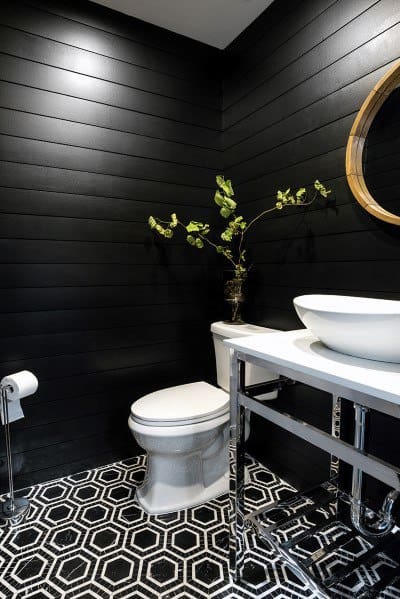
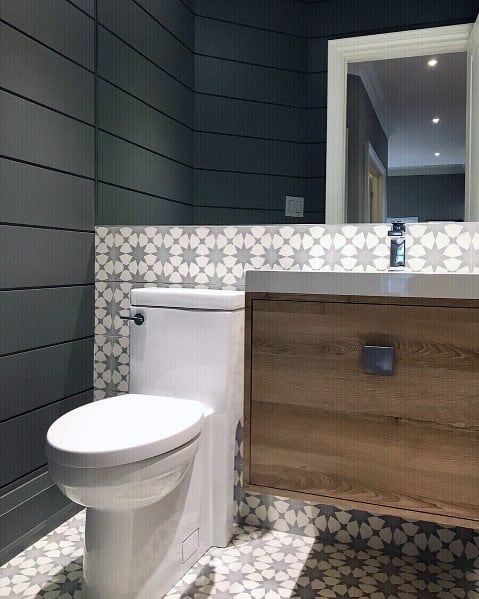
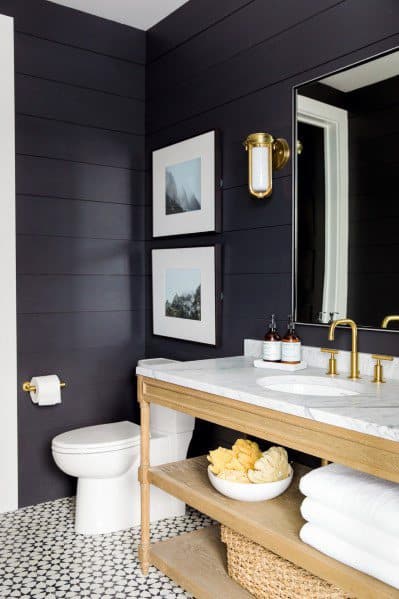
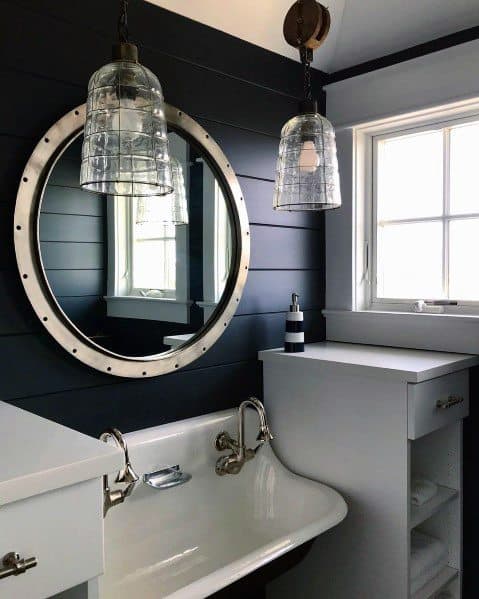
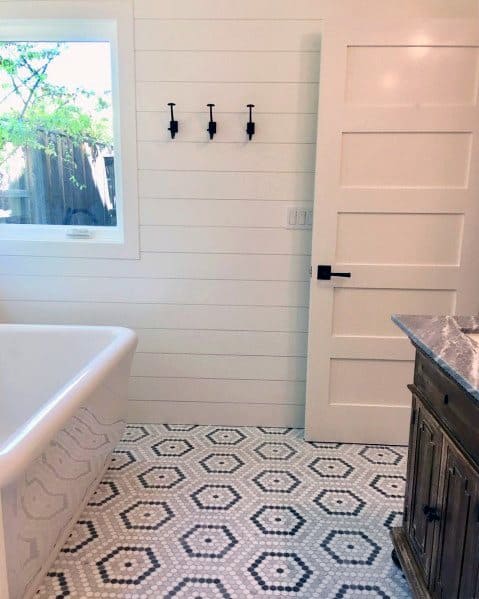
FAQs
What is shiplap, and why is it popular for wall treatments?
Shiplap is a type of wooden board commonly used as a wall treatment in interior design. It gets its name from the way the boards are installed, with each board overlapping the one below it, similar to the way wooden ships were constructed. Shiplap has gained popularity for several reasons. Firstly, it adds a rustic and cozy charm to any space, making it a popular choice for farmhouse and cottage-style homes. Secondly, it is versatile and can be painted or stained to match various decor styles. Additionally, shiplap can be installed vertically or horizontally, allowing for creative design possibilities.
What are the benefits of using shiplap on walls?
Shiplap offers several benefits as a wall treatment. One of the key advantages is its durability. When properly installed, shiplap can withstand the test of time and is resistant to wear and tear. It also provides excellent insulation, helping to regulate temperature and reduce energy costs. Shiplap is relatively easy to install, making it a DIY-friendly option for homeowners looking to update their walls. Furthermore, its timeless and classic look can enhance the aesthetics of any room, adding value to your home.
Can I install shiplap over existing drywall or plaster walls?
Yes, you can install shiplap over existing drywall or plaster walls. In fact, this is a common practice that can save time and effort in wall preparation. To do this, make sure your existing wall surface is clean, dry, and free from any imperfections. You may need to remove any protruding nails or screws and patch any holes or cracks. Then, you can attach furring strips directly to the existing wall using appropriate anchors or screws. Once the furring strips are in place, you can proceed with installing your shiplap boards as usual. This method allows you to achieve the shiplap look without the need for extensive wall demolition.
